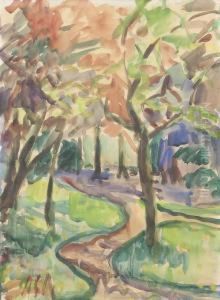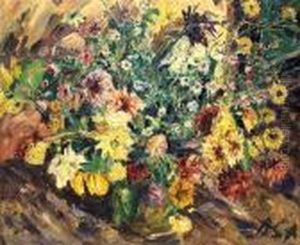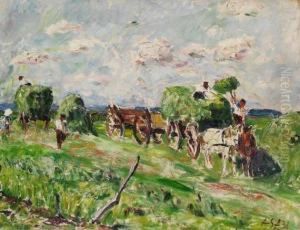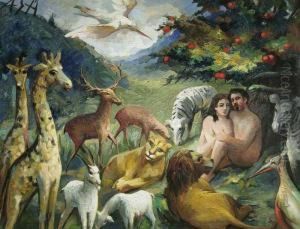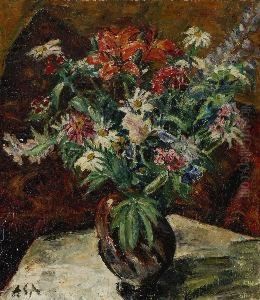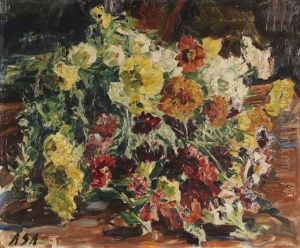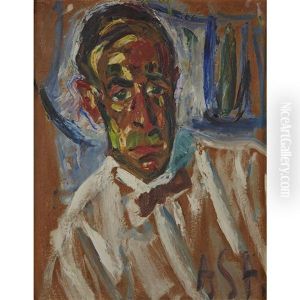Albert Schiestl-Arding Paintings
Albert Schiestl-Arding was a German artist, born on July 20, 1864, in Munich, Germany. Schiestl-Arding was known for his skills in painting and graphic art. His work often reflected the art movements of the time, including elements of Realism and Impressionism. Although not as widely recognized as some of his contemporaries, Schiestl-Arding made contributions to the art world through his detailed landscapes, portraits, and genre scenes.
During his formative years, Albert Schiestl-Arding received his education at the Munich Academy of Fine Arts, which was a center for artistic learning in the late 19th century. Here, he was influenced by the teachings of prominent artists and professors who were associated with the academy. Munich at the time was a vibrant artistic hub that attracted students from across Europe, which allowed Schiestl-Arding to be exposed to diverse art styles and techniques.
Schiestl-Arding's career was marked by his dedication to painting and graphic works. He participated in various exhibitions, showcasing his ability to capture the essence of his subjects with a delicate balance of light and color. His landscapes are noted for their atmospheric quality, and his portraits often captured the psychological depth of the individuals he depicted.
Despite his skills and contributions, Albert Schiestl-Arding did not achieve the same level of fame as some of his peers. Nevertheless, his work has been appreciated by art collectors and historians, and it provides insight into the German art scene of the late 19th and early 20th centuries. His art is part of several collections and can be seen in museums that focus on this period of German art.
Schiestl-Arding lived through a period of significant change in the art world, including the transition from traditional styles to more modernist approaches. However, his work largely remained true to the styles that he developed during his education and early career.
Albert Schiestl-Arding passed away on November 9, 1937, in his hometown of Munich. His legacy is that of a dedicated artist who captured the world around him with a sense of authenticity and emotional depth. While he may not be a household name, his paintings and graphic art continue to be studied and admired by those interested in German art history.





